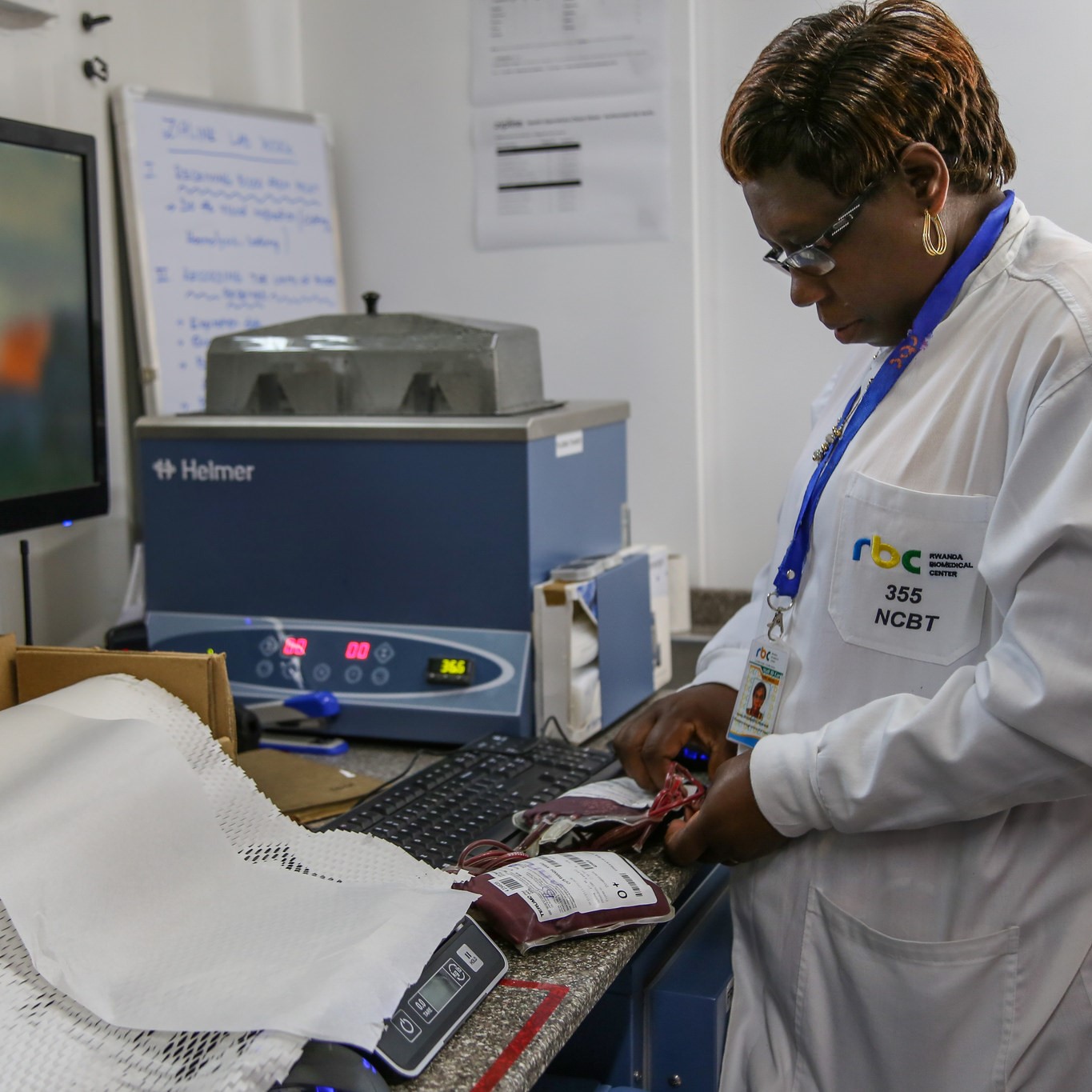There is still a significant gender gap in health innovation. Some of the greatest challenges include (i) limited gender-disaggregated data by disease leaving a dearth of information in the gender differences in diseases; (ii) a persistent gender gap in clinical studies – both in women participating in drug trials and in tracking the effect of certain drug innovations on women’s lives.
Health data disaggregated by gender is critical for generating evidence in the development and utilization of health innovations such as drugs and medical equipment, as well as for the articulation of health interventions, programs, and policies that advance gender equality. While there is gender data on mortality and morbidity, there is limited gender disaggregated global data based on specific diseases. For example, a study by Murray and Evans (2003) found that men lose 7.8 years healthy life years at birth while women lose 10.2 years (measured in disability-adjusted life years ); or women spend an estimated 15 percent of their lives in unhealthy conditions while men spend just 12 percent (https://www.ncbi.nlm.nih.gov/books/NBK11729/). The fact that women live longer but unhealthier lives calls for urgent actions to develop not only policies and programs aimed at prevention but also to invest in research and development (R&D) for innovative treatments tailored to the needs of women.
Yet, when it comes to R&D, there is even a greater gender gap in several areas: in the investment in R&D for women’s health, in the inclusion of women in clinical trials, and in tracking the health outcomes of women affected by specific diseases. Despite the lack of data, there have been a few studies — albeit only for developed economies — that have synthesized a few clusters of diseases that affect women disproportionately – for example, women are twice as likely as men to become depressed, and genetics and hormones influence the risk of depression; Alzheimer’s disease affects twice as many women as men, musculoskeletal disorders, osteoarthritis affects 9.6 percent of men and 18.0 percent of women age 60 or older worldwide.
Unfortunately, finding cures for these diseases does not often take the unique health needs of women into consideration. For example, two pharmaceutical companies recently ended two late-stage trials of an experimental drug for Alzheimer’s disease after the treatment failed to show success. This was not a one-off failure – in fact over 190 similar Alzheimer’s drug trails have not succeeded. Looking deeper into this issue, it’s apparent that many clinical trials do not include an adequate number of women. Humboldt University in Berlin looked specifically at that issue and found that many studies do not even report the gender of the trial sample. Among those that did report the gender, 19% of the studies had an underrepresentation of women in both intervention and control groups.
Could there have been a different outcome had women been equally represented in the trials? The answer is likely yes.
But the recruitment of women in clinical trials is not the only issue. The Journal of the Royal Society of Medicine looked at a full range of other biases in research and illustrated that another challenge is tracking and reporting the impact of new drugs on women’s health. This has a ripple effect on innovation — if we do not track the health effect on women, then it will impact their health effects overall, leading to withdrawing certain drugs from the market due to poor side effects, e.g., according to Science magazine, in 2005 eight out of ten prescription drugs were withdrawn from the US market because of adverse side effects on female users that were not observed on male users during the clinical trials. issues
Nancy Brown summarizes these points well explaining:
“Without greater diversity in clinical trials and better collection and reporting of results by gender, we not only do women a disservice but we also put the health of every Americans at risk,” said Brown.
“We call on the NIH, as well as the Food and Drug Administration to more aggressively enforce policies that will improve the representation of women in research.”
Thus, addressing the gender gap in health innovation requires a total reboot in the way we think about innovation: from tracking disease data for women to tailoring medical treatments and technologies to meet the specific needs of women – this includes ensuring their inclusion in all stages of the innovation research.
